Philharmonia Orchestra, Evgeny Svetlanov - Rimsky-Korsakov: Antar; Russian Easter Festival (1990)
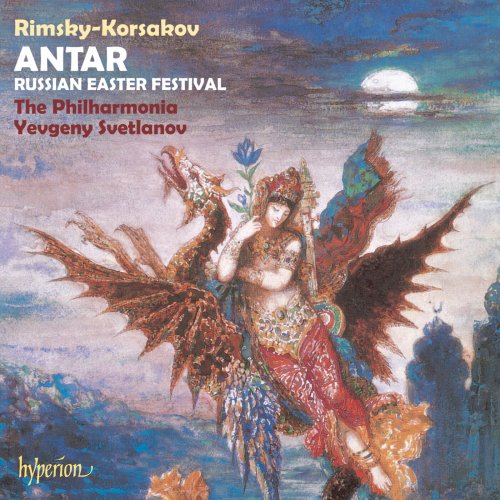
Artist: Philharmonia Orchestra, Evgeny Svetlanov
Title: Rimsky-Korsakov: Antar; Russian Easter Festival
Year Of Release: 1990
Label: Hyperion
Genre: Classical
Quality: flac lossless (tracks) +Booklet
Total Time: 00:48:49
Total Size: 185 mb
WebSite: Album Preview
TracklistTitle: Rimsky-Korsakov: Antar; Russian Easter Festival
Year Of Release: 1990
Label: Hyperion
Genre: Classical
Quality: flac lossless (tracks) +Booklet
Total Time: 00:48:49
Total Size: 185 mb
WebSite: Album Preview
01. Russian Easter Festival Overture, Op. 36
02. Antar, Symphonic Suite, Op. 9 (1897 Final Version): I. Largo – Allegro – Largo – Allegretto – Adagio – Allegretto – Largo
03. Antar, Symphonic Suite, Op. 9 (1897 Final Version): II. Allegro
04. Antar, Symphonic Suite, Op. 9 (1897 Final Version): III. Allegro risoluto
05. Antar, Symphonic Suite, Op. 9 (1897 Final Version): IV. Allegretto – Adagio
Antar was ‘a dazzling and irresistible warrior and a poet of wonderful power’. So wrote Epiphanius Wilson in his book on Arabian literature, a volume which also includes the tales of Sinbad and Aladdin. He describes Antar as ‘more real’ than King Arthur of England, and ‘quite as real and historic’ as the Cid of Spain. The offspring of the son of a king and a ‘black woman of outstanding beauty’, Antar was a precocious child. At a very early age he fought and killed a dog over a piece of goat-meat, and at ten he slew a wolf. In later life he was to add slaves and a lion to this gruesome list of trophies. In the Romance of Antar, again according to Epiphanius Wilson, ‘natural passion has full play, but nobility of character is taken seriously, and generosity and sensibility of heart are portrayed with truthfulness and naivety’.
The version of the Antar story that came into the hands of Nikolai Rimsky-Korsakov was the one told by Osip Ivanovich Senkovsky, otherwise known as Baron Brambeus. Senkovsky, who lived from 1800 to 1859, is described in Cassell’s Encyclopaedia of World Literature as a ‘Russian journalist, editor and critic of the unscrupulous time-serving variety’ responsible for ‘many an unsavoury feature of Russian journalism’. In his autobiography, The Chronicle of My Musical Life, Rimsky-Korsakov described how he turned to Senkovsky’s ‘beautiful fairytale “Antar” at Balakirev’s and Mussorgsky’s suggestion and how he consequently decided to compose a ‘symphony or symphonic suite in four movements on this subject, which he considered very ‘tempting to a composer’.
For each of the four movements he left a more-or-less detailed programme. The first is set in the desert of Sham, amongst the ruins of the ancient city of Palmyra. Antar has become disillusioned and has fled to the desert, vowing to hate forever his fellow man. Suddenly he sees a beautiful gazelle and tries to catch it. The sky becomes dark as a huge bird appears, also in pursuit of the gazelle. Antar, no doubt remembering his childhood exploits, attacks the bird with his lance and frightens it away. He then falls asleep and dreams of being in a splendid palace where he is entertained by female slaves. He soon realizes that not only is he in the presence of the Queen of Palmyra, the peri Gul Nazar, but that it was she, in the form of a gazelle, whom he saved from the evil bird. In gratitude, the peri promises Antar the three great joys of life. As he contemplates the fulfilment of this promise he wakes up and finds himself still among the ruins of Palmyra.
The second and third movements deal with the first and second of these joys, namely the joys of revenge and of power. The last movement concentrates on the joy of love. Antar makes Gul Nazar agree to take his life the moment she notices that his passion for her is cooling. This she eventually does and Antar dies in her arms.
Rimsky-Korsakov composed the music for Antar between January and August 1868, making two attempts at the second movement. It was given its first performance in March 1869 at a concert of the Russian Music Society when it was conducted by Balakirev. By the time the composer himself conducted the work (from memory) in January 1876, he had made some alterations to the score. When it was published by Bessel in 1880 it was described as Rimsky-Korsakov’s ‘second symphony’. When a so-called ‘new edition’ came out in 1903 (but dated 1897) it was as a ‘symphonic suite’, with the words ‘second symphony’ appearing in parentheses under the new title. For this new edition Rimsky-Korsakov had not been able to make as many changes as he had wished, for the publisher was only prepared to make those alterations that could be made on the old set of plates. It was not until 1913, after the composer’s death, that the real 1897 edition of Antar was published. In this version (the one recorded here) the second movement is in D minor instead of C sharp minor, and the words ‘second symphony’ have disappeared altogether, for Rimsky-Korsakov had eventually come to the conclusion that his Antar was ‘a poem, suite, fairy tale, story, anything you like, but not a symphony’.
If Rimsky-Korsakov had strong views about the titles of his compositions he was equally adamant about not wanting anybody to dance to them. Writing about Isadora Duncan in 1908 he exclaimed: ‘What repels me in her is that she foists her art upon and tacks it onto musical compositions which are dear to my heart and do not at all need her company’, adding ‘how chagrined I should be if I learned that Miss Duncan dances and mimically explains, for instance, my Sheherazade, Antar or Easter Overture!’.
Rimsky-Korsakov composed his Russian Easter Festival Overture in July and August 1888 and conducted its first performance in December of that year. He had chosen a number of themes from the Obikhod, a collection of Russian Orthodox canticles, in order to create an overture which would contain ‘reminiscences of the ancient prophesy, of the Gospel story and a general picture of the Easter service with its ‘pagan merry-making’. Using various Biblical quotations, he put together a programme which opens with the words ‘Let God arise; let his enemies be scattered’. It goes on to tell how Mary Magdalene and others came with sweet spices to anoint the body of Christ, how they came back to the sepulchre later and found a heavy stone blocking its entrance, and how they found inside a man clothed in white who told them that he who was crucified had now risen from the dead. ‘Resurrexit’ sang the angels in heaven, to the sound of trumpets; ‘Resurrexit’ sang the priests in their temples to the sound of triumphant bells.
Rimsky-Korsakov was quite clear in his own mind about the sort of people for whom he had composed this overture, although he realized that there might not be many left with the required experience. ‘In order to appreciate my overture even to the slightest degree’, he wrote, ‘it is essential that the listener should have at least once in his life attended an Easter Morning service, and this not in a domestic chapel but in a cathedral crowded with people from all walks of life and with several priests taking part’. It was exactly this kind of experience that the composer remembered and treasured from his own childhood in the town of Tikhvin.

![Milton Man Gogh - Fully Stretched (2025) [Hi-Res] Milton Man Gogh - Fully Stretched (2025) [Hi-Res]](https://www.dibpic.com/uploads/posts/2025-12/1766080588_cover.jpg)
![Noé Sécula - A Sphere Between Other Obsessions (2025) [Hi-Res] Noé Sécula - A Sphere Between Other Obsessions (2025) [Hi-Res]](https://www.dibpic.com/uploads/posts/2025-12/1766108017_sej880ryk23va_600.jpg)
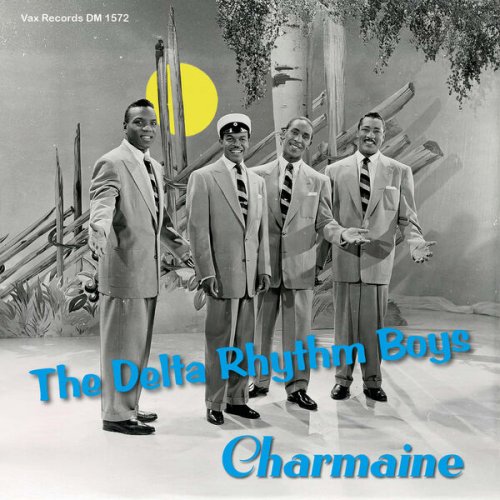
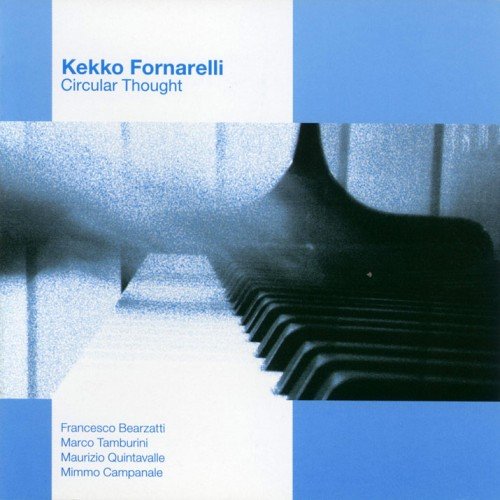
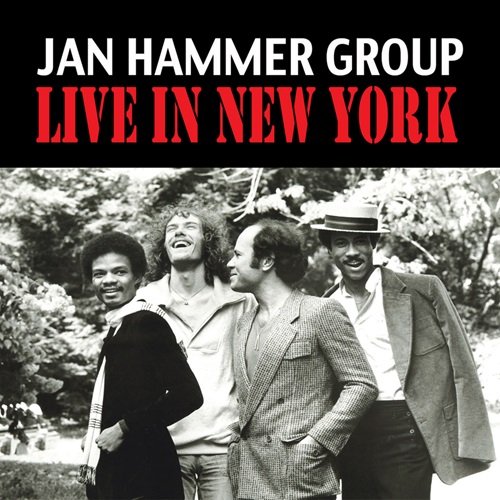
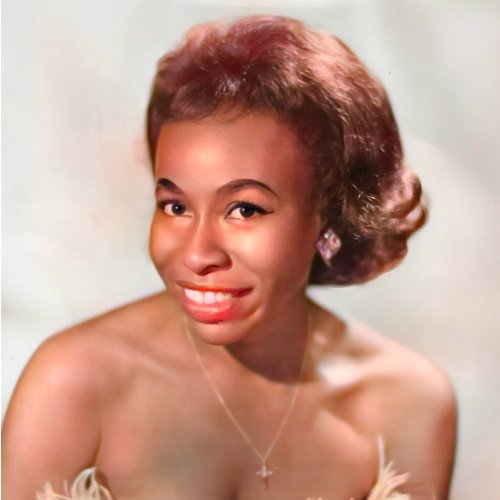

![Tomasz Stańko - Rue de la Tour (Polish Radio Sessions vol. 5/6) (2025) [Hi-Res] Tomasz Stańko - Rue de la Tour (Polish Radio Sessions vol. 5/6) (2025) [Hi-Res]](https://www.dibpic.com/uploads/posts/2025-12/1765796463_cover.jpg)